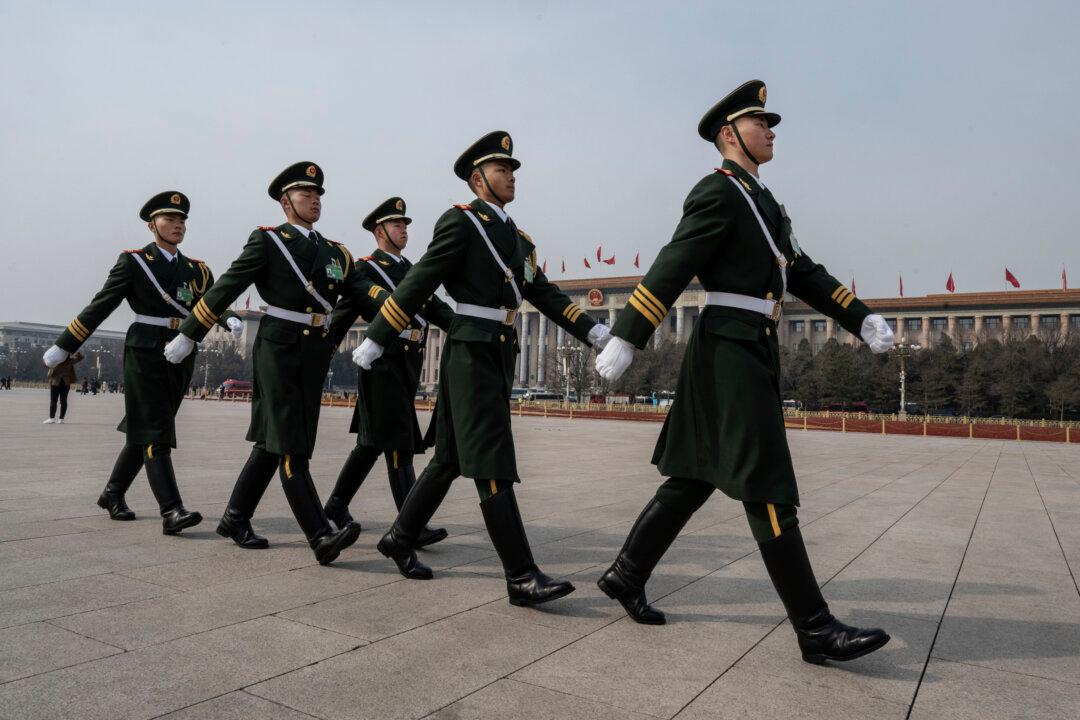The U.S. midterm elections will be held on Nov. 8. Seven-plus months to the election is a lifetime in politics, but it is not too early to speculate about the impact of the Russo-Ukrainian war on the election outcome.
- A depression in domestic oil and gas production directly due to pro-green executive orders.
- The resultant record-high gasoline prices at the pump.
- A dependency on foreign oil sources (including from Russia).
- A historic level of inflation across the U.S. economy.
- Unresolved supply chain issues leading to shortages and long delays for U.S. consumers and businesses.
- Massive Democrat-led federal spending that has accelerated inflation.
- Continued Democrat Party support for lockdowns and mandates that depress economic activity (especially in blue states).
Inflation is a tax that eats up disposable income to the point that many people are now making difficult trades on how to allocate their monthly incomes—on gasoline, food, heating oil, and other necessary purchases. Inflation cuts across all demographic groups, political parties, and ideologies.

The trend lines are even worse for Democrats, as that 4-point gap is widening as the days and weeks go by as inflation accelerates with no end in sight. Americans aren’t buying the excuses of President Joe Biden and the Democrats; they expect concrete actions to fix inflation/economic problems, not posturing on social issues like critical race theory training, mask and vaccine mandates, pro-LGBTQ policies, etc.
Really?
The pandemic magically made people “consume more”? Demand for gasoline is going to increase during an economic shutdown? Nonsense.
An important axiom of politics: to distract from domestic political difficulties, and shift the focus and narrative to foreign policy (and war, whenever possible). The Russo-Ukrainian war is “made to order” for the Biden administration to pivot from the “pandemic excuse” to the “Putin excuse” for rising gasoline prices and U.S. inflation.

Except that many Americans have figured out the “made to order” is not just a cliché, but perhaps the literal definition for the Ukraine crisis.
- America helped fund the Russian invasion as a result of the Democrats’ flawed green policy priorities. Green-related executive orders turned the United States into a net importer of oil and gas in one short year, with a tripling of imports from Russia in 2021, as reported by Global Energy on Feb. 22.
- National security weakness has been a hallmark of the Biden administration. Putin was emboldened in observing the disastrous U.S. withdrawal from Afghanistan, including the abandonment of billions of dollars’ worth of military equipment at Bagram Air Base. The Russian planning process for invading Ukraine probably began on Sept. 1, 2021, after watching that debacle.
- The Biden administration’s foreign policy with respect to Ukraine has been reactive, not proactive. The time to deter Russia was BEFORE the invasion; this was pointedly not done. During the months-long Russian military buildup on Ukraine’s border, the Ukrainian government was promised support, but very little military equipment was provided, except for what was already in the pipeline, thanks to Trump administration funding.
- The United States evacuated the American embassy in Kyiv just before the invasion—another sign of weakness. Since the invasion, the Biden administration has prevaricated on providing Polish MiG-29s and Predator drones to Ukraine. Most Americans support providing military equipment to Ukraine, but the foot-dragging continues.
- With the Biden administration’s propensity to claim credit for “diplomatic talks,” the silence about any direct communications between Biden and Putin before the invasion speaks volumes. The indications and warnings of an impending Russian invasion led directly to evacuating the U.S. Embassy, but apparently Biden did not take that opportunity to convey the certainty of harsh consequences to Putin before the attack was launched.

It is almost as if the Biden administration welcomed the Russian invasion of Ukraine through a combination of direct actions and also inaction! Weakness and fecklessness are not deterrents, particularly to a calculating and aggressive leader like Putin, whose decision-making calculus is primarily influenced by demonstrated strength, military resolve, and proactive deterrence. Massive rearmament and resupply of the Ukrainian army is the only avenue for defeating (or at least stalemating) the Russians.
The Democrats (and others) are unified in urging support for Ukraine, while demonizing Putin and the Russians through sanctions designed to cause pain to individual Russians. The Russians, and particularly Putin, have been useful political bugbears for Democrats since the 2016 election and the subsequent false claims about “Trump-Russia collusion.”
The Democrat base has a well-developed anti-Russian bias as a result. Thus, a cynical observer might think that the Democrats have examined American political history and have decided that, with their base already on board with the notion, their best electoral chances in November are tied to Biden being a “war president.” What better way to distract from the domestic inflationary debacle being inflicted daily on Americans through Democrat economic policies?
Did the Chinese know of Russia’s intentions beforehand? The timing of that joint statement and those trade deals is highly suspicious.
Will the lessons learned of the Russo-Ukrainian war lead to a decision by Chinese leader Xi Jinping to launch a cross-strait invasion of Taiwan, while Europe and the United States are otherwise engaged in Eastern Europe?
Will the United States repeat the mistakes in Ukraine by failing to provide Taiwan with significant military capabilities to deter a People’s Liberation Army invasion?
Conclusion
The Biden administration’s narrative to explain rising U.S. inflation and gasoline prices has shifted from blaming the pandemic to blaming Putin. Will American voters be able to cut through that fog when voting during the midterm elections?One thing is for sure: another massive failure by the Biden administration on the world stage before November will cement the electoral wipeout of congressional Democrats. Three strikes, and they’re out: Afghanistan, Ukraine, and Taiwan.





